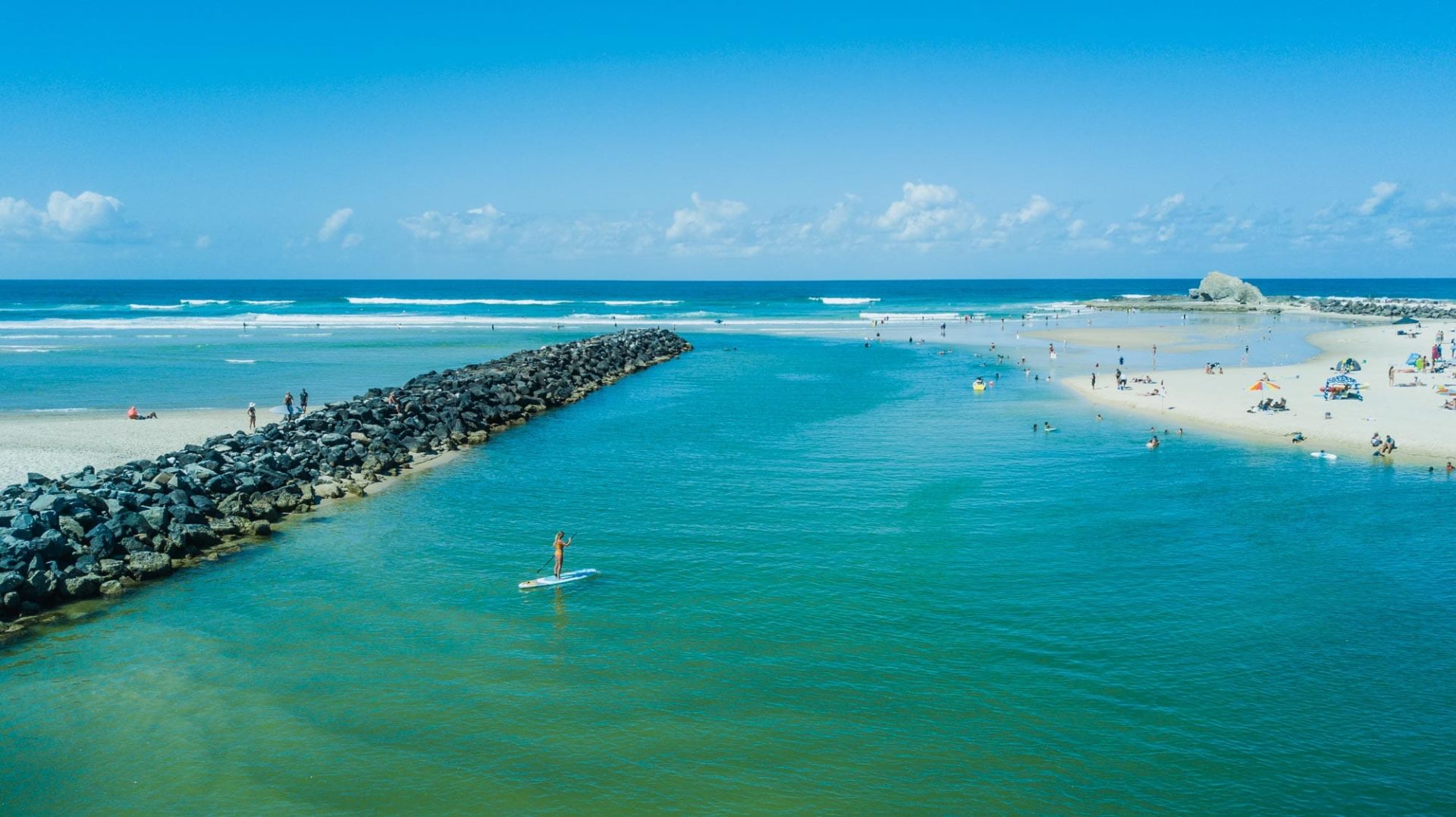Take Your SUP Workout up a Notch
Weeks and months went by, and the happy couple improved their mountain biking skills faster and faster. They improved to the point that they started to challenge the rest of the group, who kept riding conventional bikes. Observing their fast development, others began to make the switch as well. Five years later, all but two of them were riding e-bikes. The last two were unsurprisingly the most adamant about the idea that power assistance took away the rawness of the sport, making it less challenging than it should be, but that opinion was not held for much longer. Being the only ones without power assistance, they became the ones who held the group back. They required breaks when the rest could continue. Everyone else was able to reach higher elevations and bike further than ever before. In fact, they were able to access spots unimaginable with conventional bikes. No one who made the switch felt unchallenged. By adjusting the level of power assistance to match their level of skill and fitness, they all had as hard of a workout as they desired, except that, for the first time, they could all ride together at the same pace and for the same duration. Eventually, the two purists in the group made the switch as well, and the group kept biking together.

While the story above is true, it isn’t unique. Anyone remotely familiar with mountain biking has witnessed the e-bike revolution, and mountain bikers around the world have been swapping their conventional bikes for electric ones. Just go to any dedicated store, and you will see it for yourself. Long gone are the days when people questioned the legitimacy of a mountain e-bike. But history repeats itself, and we are once more at the beginning of a power-assist revolution. The only difference is that, this time, it is in the water.
According to Wikipedia, standup paddleboarding (SUP) has been around for thousands of years, but modern SUP dates to the mid-1900s in Hawaii. So the sport is not new. What is new is the possibility to use power assistance to take it up a notch. The versatility of water propellers like SCUBAJET is what makes taking it up a notch possible. Just like mountain biking, SUP is as much about the journey as it is about the workout. Unlike mountain biking, getting back into SUP can become a huge challenge if conditions change or if you have simply gone too far. On a bike, gravity makes getting back the easy part. You better have the skills, of course, but the bike will take you down on its own. Go too far on a SUP board, however, and you might suddenly realize you still have to get back. And, if the way back is against the current or the wind (or both), you might be in a pickle. Here, power assistance comes to the rescue.

For you, SUP might be all about exploring, or it could be about pushing your limits. It might even be about taking a journey with others. Independently of your approach, it is always great to go out and get started. Power assistance gives you the confidence that you will be able to get back no matter what. But the revolution goes way beyond that. We are witnessing how people are venturing further. Day in and day out, we see people reach spots they could never have imagined reaching even a year ago. Serious SUP athletes are starting to realize that power assistance can help them take their workouts up a notch, and by keeping their speed between paddles at a minimum level, they can eliminate the jerkiness of slowing down to zero when paddling against strong winds or currents. And, for the first time, people with different levels of skill and experience can work out together. Just like a motorized treadmill, SUP power assistance is there to modulate your workout and give you new possibilities to design your session as you wish with sprints, intervals, long-distance, low-intensity, group sessions, exploration—you name it. Mountain biking paved the way, so this time around, adoption will likely be faster.


